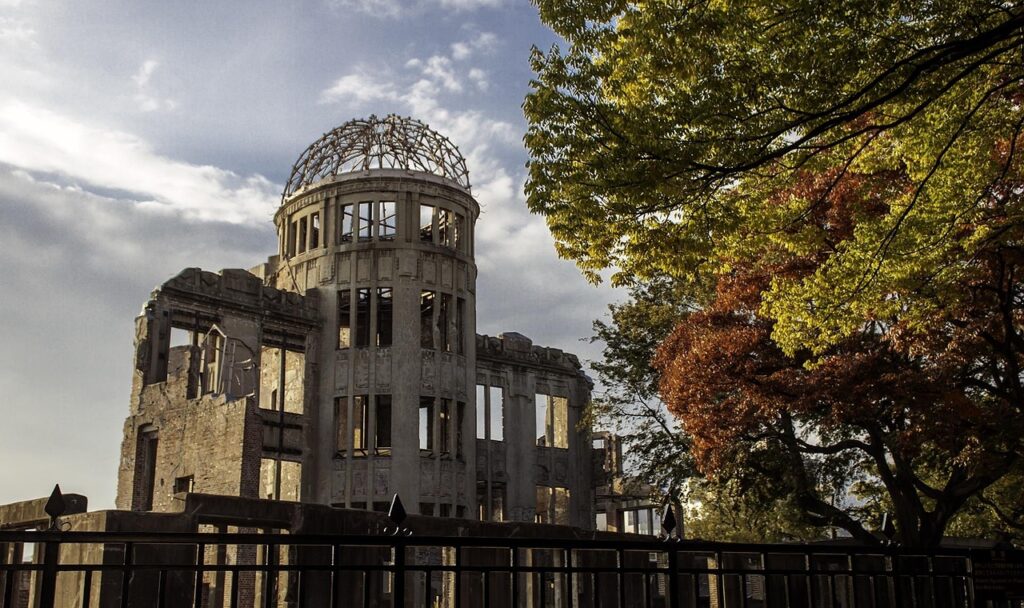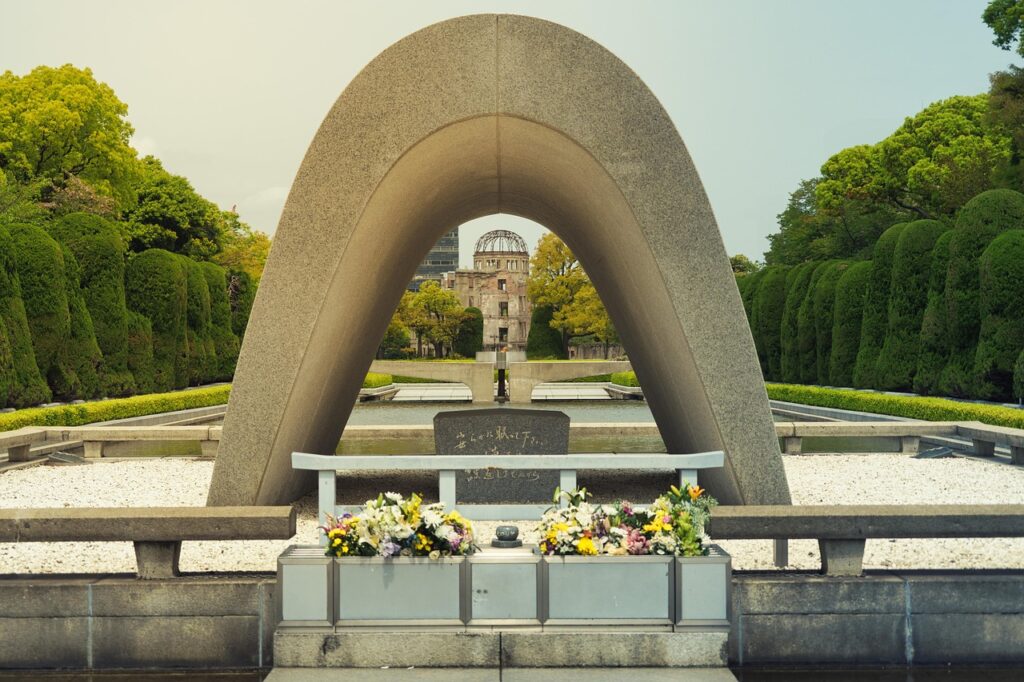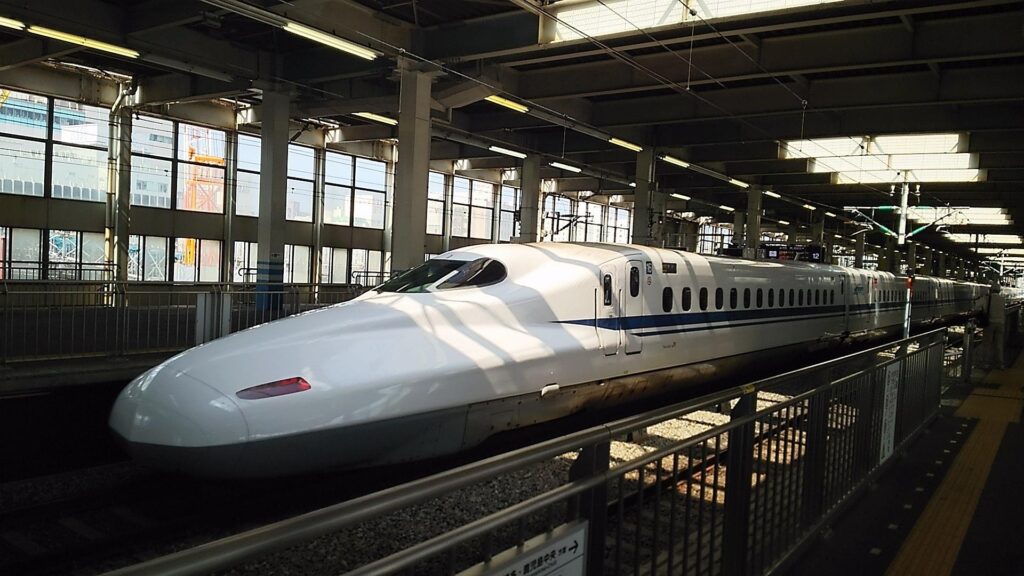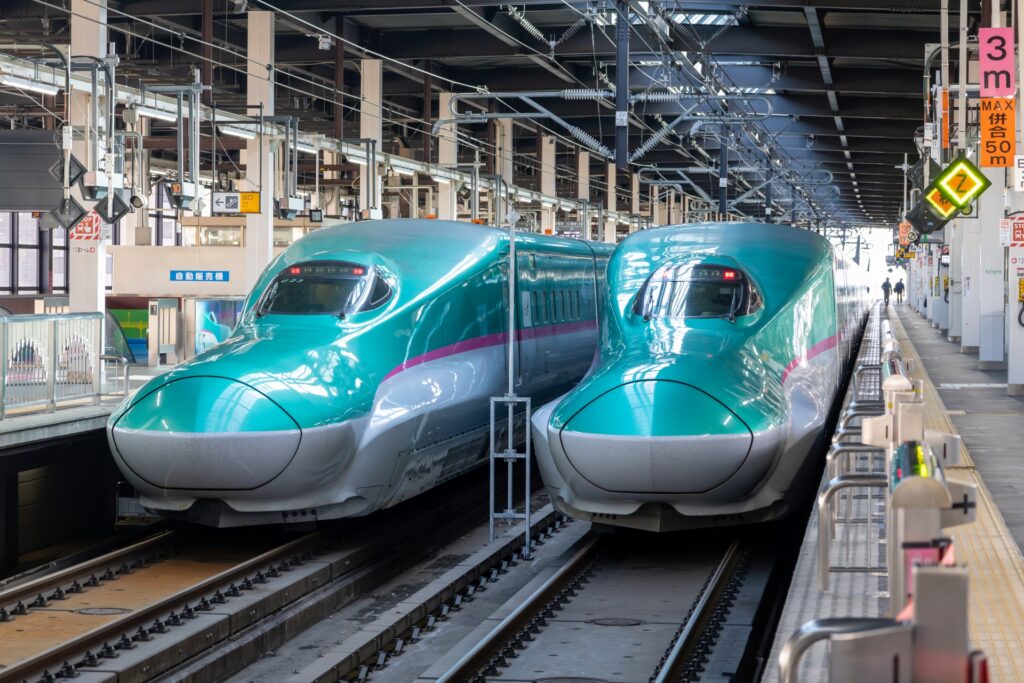Traveling from Osaka to Hiroshima by Shinkansen is one of the most efficient and enjoyable ways to explore Japan. Not only does this high-speed rail journey connect two iconic Japanese cities, but it also provides a seamless and comfortable experience for tourists. From bullet train basics to Hiroshima’s historical significance—including the Atomic Bomb Dome—this guide covers everything you need to know. Whether you’re visiting Japan for the first time or planning a return trip, here’s your complete resource for mastering the Osaka to Hiroshima Shinkansen route.
🗺️ Why Travel from Osaka to Hiroshima by Shinkansen?
The Shinkansen is known around the world for its speed, safety, and comfort. Traveling from Osaka to Hiroshima by Shinkansen allows you to cover approximately 330 kilometers (about 205 miles) in under two hours, making it ideal for day trips or short stays. It’s a popular choice for travelers who want to experience a modern marvel of transportation while exploring culturally and historically rich destinations.
Hiroshima itself is not just a beautiful city, but also a symbol of peace and resilience. Taking the Osaka to Hiroshima Shinkansen is more than just a ride—it’s a journey through both geography and history.
🚄 Which Shinkansen to Take?
The Sanyo Shinkansen is the primary line connecting Shin-Osaka Station and Hiroshima Station. There are several types of trains that run along this route, and each varies in speed and stop frequency.
The fastest service is the Nozomi, which gets you to Hiroshima in about an hour and a half. However, it’s important to note that the Nozomi is not covered by the Japan Rail Pass. The Mizuho service is similarly fast but also not JR Pass-friendly.
If you’re using a JR Pass, the best option is the Sakura train. It takes around one hour and 40 minutes and offers a balance between speed and comfort. You can also ride the Hikari or Kodama services, but they are significantly slower and make many more stops.

🚉 How to Ride the Shinkansen from Osaka to Hiroshima
Your journey begins at Shin-Osaka Station, not the central Osaka Station. Shin-Osaka is the dedicated hub for bullet trains in the region. Make sure to allow yourself extra time to get there, especially if you’re staying in areas like Namba, Umeda, or Tennoji.
At Shin-Osaka Station, signs are multilingual and easy to follow. Ticket vending machines are available in English, or you can go to a staffed JR ticket counter. If you have a Japan Rail Pass, you’ll need to show it at the counter to receive a reserved seat ticket. While it’s possible to ride unreserved cars, reserved seats are recommended, especially during weekends, holidays, and travel seasons like Golden Week or New Year.
Once you have your ticket, check the electronic departure boards for your train number, platform, and car number. Boarding is smooth, and queues are orderly. Be sure to queue at your designated car location.
💺 Seats, Classes, and Luggage
Shinkansen trains offer several seating options. Ordinary Cars are standard and quite comfortable. If you’re looking for a little more luxury, consider booking a seat in the Green Car, which has larger seats, more legroom, and a quieter atmosphere.
Luggage is something to keep in mind. If your suitcase is large—over 160cm in total dimensions—you must reserve a seat with oversized baggage storage. For average luggage, space is available in the overhead racks or behind the last row of seats. Keeping things light will make your boarding and disembarking much easier.
🧭 Arriving in Hiroshima

Once you arrive at Hiroshima Station, the city welcomes you with a mix of modern convenience and historic significance. English signage is plentiful, and transportation options are well-organized.
You can hop onto Hiroshima’s famous streetcars right outside the station. Lines 2 and 6 will take you to key locations like Peace Memorial Park. Taxis are also easy to find, and if you prefer to explore at your own pace, there are bicycle rental services available nearby.
🏛️ Hiroshima’s History and the Atomic Bomb Dome
One of the most meaningful parts of your Osaka to Hiroshima Shinkansen trip will be the visit to Hiroshima Peace Memorial Park. The city was devastated by the world’s first atomic bombing on August 6, 1945. Today, the site stands as a solemn reminder of the past and a global symbol of peace.
At the heart of the park is the Atomic Bomb Dome, also known as the Genbaku Dome. Originally the Hiroshima Prefectural Industrial Promotion Hall, the building was one of the few structures left standing near the epicenter. Preserved as it was after the explosion, it is now a UNESCO World Heritage Site.
Nearby, the Hiroshima Peace Memorial Museum offers powerful exhibits, including personal artifacts, photographs, and survivor accounts. It’s an emotional experience, but an essential one for understanding the city’s past and its enduring commitment to peace.
The Children’s Peace Monument is another poignant location within the park. Inspired by Sadako Sasaki, a young girl who died from radiation sickness, the monument is surrounded by thousands of paper cranes sent from around the world, symbolizing hope and healing.

🍱 What to Eat During the Trip
Shinkansen travel in Japan is incomplete without an ekiben, or train station bento. At Shin-Osaka Station, you’ll find a wide variety of boxed meals to choose from. Popular options include bento featuring takoyaki, wagyu beef, or regional specialties.
Upon arriving in Hiroshima, be sure to try Hiroshima-style okonomiyaki, a savory pancake layered with cabbage, noodles, and a rich sauce. One famous spot is Okonomimura, a building with multiple floors dedicated to different okonomiyaki restaurants.
📅 Best Time to Travel
Each season brings something unique to the Osaka to Hiroshima Shinkansen journey.
Spring is ideal for cherry blossom viewing, especially near Hiroshima Castle. Summer offers the opportunity to attend the August 6 Peace Memorial Ceremony. Autumn features beautiful fall foliage and pleasant temperatures. Winter, while colder, tends to be quieter, making for a peaceful travel experience.
Avoid major holidays like Golden Week and Obon unless you’ve booked tickets well in advance.
🧳 Suggested One-Day Itinerary from Osaka to Hiroshima
If you’re short on time, a one-day itinerary from Osaka to Hiroshima is totally doable thanks to the speed of the Shinkansen. Here’s a sample:
Start early, departing Shin-Osaka around 7:30 AM. Arrive in Hiroshima by 9:00 AM. Head straight to the Peace Memorial Park and Museum, spending about two hours there. Enjoy lunch at Okonomimura or a local restaurant. In the afternoon, visit Hiroshima Castle or take the streetcar to explore the shopping and culture in Hondori area. If time permits, hop on a ferry to Miyajima Island to see the floating torii gate at Itsukushima Shrine. Return to Hiroshima Station in the early evening and catch a Shinkansen back to Osaka around 6:30 PM.

💡 Other Nearby Destinations
If you’re planning to stay in the Hiroshima area for longer, there are several nearby attractions worth visiting.
Miyajima Island, famous for its red torii gate rising from the sea, is just a short train and ferry ride away. It’s especially scenic during high tide and sunset.
Another option is Iwakuni, home to the picturesque Kintai Bridge and a small mountaintop castle. It’s a quieter destination that offers a look at traditional Japan.
🧾 Final Thoughts
Taking the Osaka to Hiroshima Shinkansen is more than just a convenient way to travel—it’s a journey that connects the past and present. In less than two hours, you can move from Osaka’s modern metropolis to Hiroshima’s deeply moving historical sites.
The Shinkansen makes this trip easy, accessible, and enjoyable for travelers of all ages and backgrounds. With some planning and a JR Pass (if applicable), you can maximize your time and deepen your understanding of Japan.
Whether you’re coming for the food, the history, or the adventure, this Shinkansen route should be on your Japan travel itinerary.


